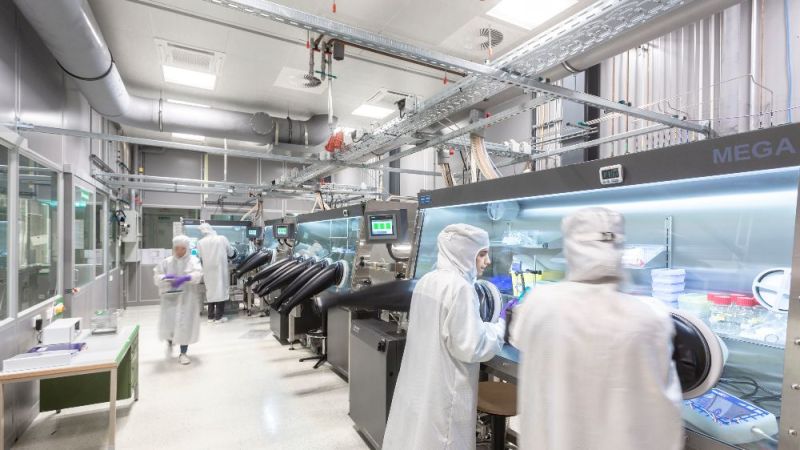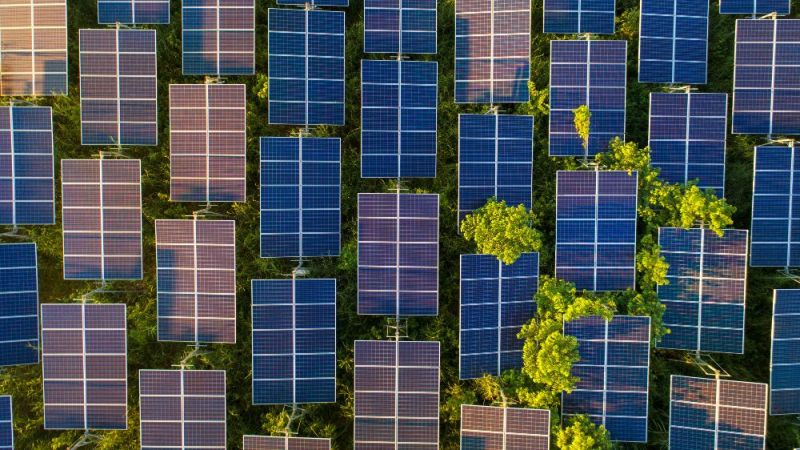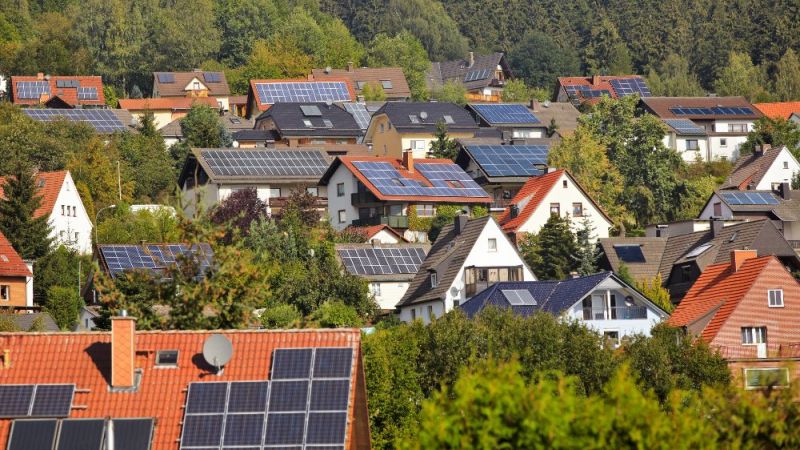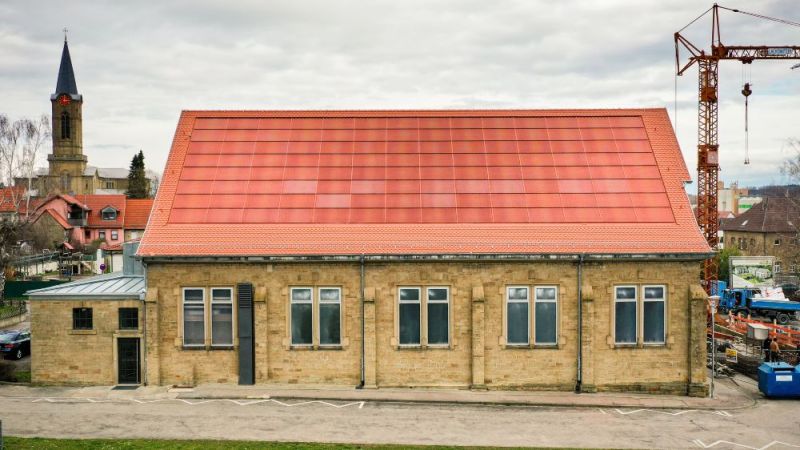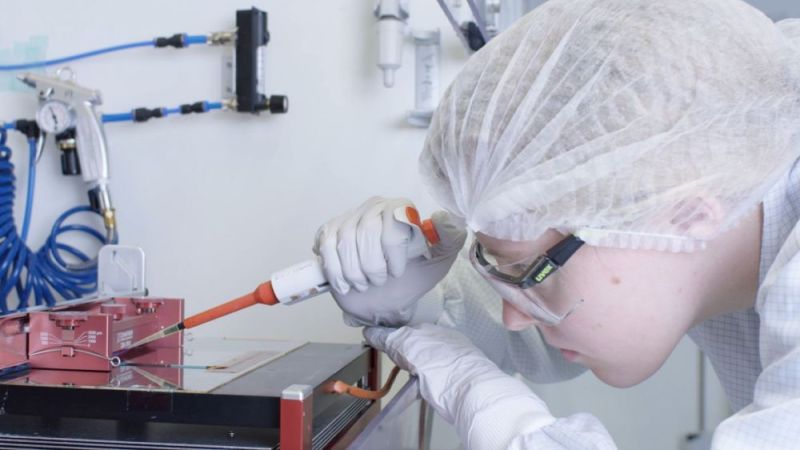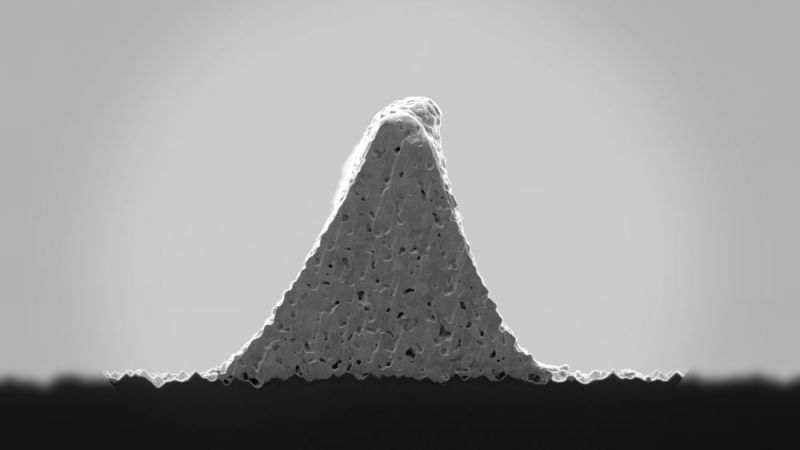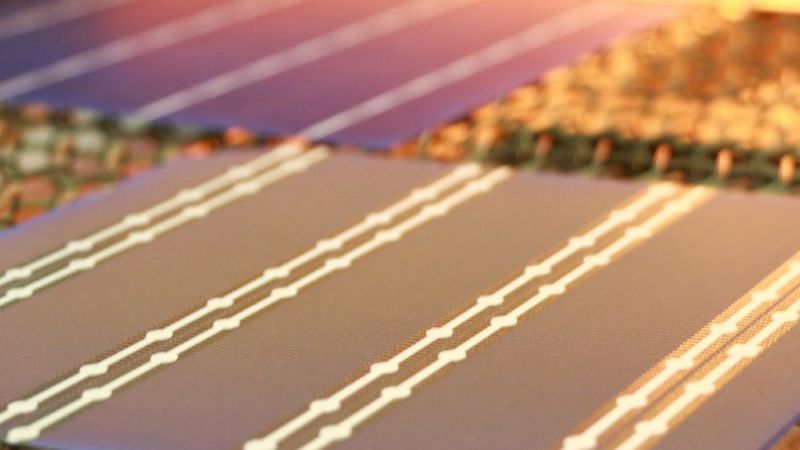Solar thermal power plants
Innovative calibration and control system for solar tower power plants
HelioControl, the calibration and control system for solar tower power plants, determines the target points of heliostats during operation for the first time.
Reflector systems account for up to 40 per cent of the investment in solar tower power plants. Depending on the size of the power plant, several hundred to several hundred thousand reflectors, the so-called heliostats, concentrate the sunlight onto the receiver at the top of the tower. As the radiation has to be reflected very accurately over distances of up to one kilometre, even slight angular deviations in the heliostats tracking the sun can result in reduced efficiency. The potential for increasing efficiency and thereby reducing the costs of power generation is therefore correspondingly great.
An important approach here is the constant calibration and control of the heliostat target points. This was also the starting point for the now completed HelioControl project, which was funded by the German Federal Ministry for Economic Affairs and Energy (BMWi). Researchers at the Fraunhofer Institute for Solar Energy Systems ISE used digital image processing to develop an innovative calibration and control system for heliostats. The special feature of the new system: Whereas the calibration of large reflector arrays used to require considerable time and expense, HelioControl now allows the target points of a large number of heliostats to be determined and adjusted during ongoing power plant operation for the first time.
Measuring target points in parallel
The new method uses a video of the irradiated receiver to determine the target points of individual reflectors from the distribution of the total radiation density. Modulating the periodic movement of individual reflectors, a signature is introduced into the radiation density distribution at the receiver. This makes it possible to identify the contribution of individual reflectors. Additionally, the scientists use different frequencies as well as software developed in the project for parallel measurement of the target points. This allows the target points of several heliostats to be determined simultaneously during operation. If the determined target points deviate from the target value, the error is corrected via the heliostat control.
After initially testing the new method in the laboratory, the project partners have already been able to test the system in practice in the heliostat array of the French Themis tower power plant. One of the central results: The determined target points often deviated by only a few millimetres from the actual target points. Furthermore, it was also possible to successfully test the integration of the system into the control mechanisms of the reflectors.
Measuring up to two heliostats per second
Project leader Gregor Bern summarises the great potential of the project results: "HelioControl theoretically allows parallel measurement of up to two heliostats per second. A power plant the size of Noor III in Morocco with 7,400 heliostats could therefore be recalibrated in less than an hour instead of over several weeks, as is currently the case."
Taking into account the measurement speed, potential savings and the potentially increased operating performance of the heliostat drives, the project team used simulation models to calculate a theoretical savings potential of at least five per cent for the Khi Solar One power plant in South Africa. It is true that different power plants cannot be compared one-to-one. However, in view of the investments for power plants, which are often in the range of several hundred million euros, the example shows that the new technology could save considerable sums. With its industry-oriented interface, the system can be used in both existing and new power plants for optimum orientation of the heliostats.



